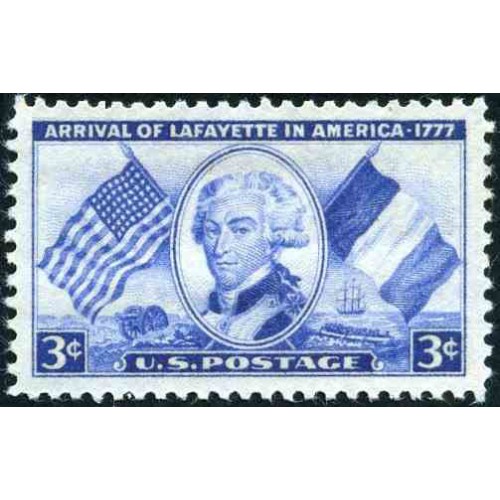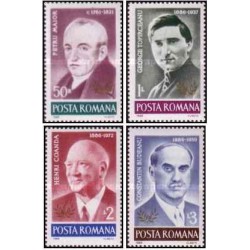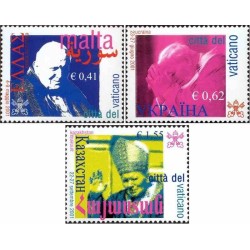- جدید
- ناموجود



توجه : درج کد پستی و شماره تلفن همراه و ثابت جهت ارسال مرسوله الزامیست .
توجه:حداقل ارزش بسته سفارش شده بدون هزینه پستی می بایست 180000 ریال باشد .
توجه : جهت برخورداری از مزایای در نظر گرفته شده برای مشتریان لطفا ثبت نام نمائید.
Jump to navigation Jump to search
| Marquis de Lafayette | |
|---|---|

Lafayette as a lieutenant general, in 1791. Portrait by Joseph-Désiré Court.
|
|
| Birth name | Marie-Joseph Paul Yves Roch Gilbert du Motier de Lafayette |
| Nickname(s) | The Hero of the Two Worlds (Le Héros des Deux Mondes in French)[1] |
| Born | 6 September 1757 Chavaniac, France |
| Died | 20 May 1834 (aged 76) Paris, France |
| Buried | Picpus Cemetery |
| Allegiance | |
| Service/branch |
|
| Years of service | 1771–1792 1830 |
| Rank |
|
| Battles/wars |
American Revolutionary War
French Revolution
July Revolution |
| Awards | Order of Saint Louis |
| Spouse(s) | Adrienne de Noailles (m. 1774; d. 1807) |
| Children | 4, including Georges Washington |
| Other work |
|
| Signature |  |
Marie-Joseph Paul Yves Roch Gilbert du Motier, Marquis de Lafayette (French pronunciation: [maʁki də la fajɛt]; 6 September 1757 – 20 May 1834), in the United States often known simply as Lafayette, was a French aristocrat and military officer who fought in the American Revolutionary War. A close friend of George Washington, Alexander Hamilton, and Thomas Jefferson, Lafayette was a key figure in the French Revolution of 1789 and the July Revolution of 1830.
Born in Chavaniac, in the province of Auvergne in south central France, Lafayette came from a wealthy landowning family. He followed its martial tradition, and was commissioned an officer at age 13. He became convinced that the American cause in its revolutionary war was noble, and traveled to the New World seeking glory in it. There, he was made a major general; however, the 19-year-old was initially not given troops to command. Wounded during the Battle of Brandywine, he still managed to organize an orderly retreat. He served with distinction in the Battle of Rhode Island. In the middle of the war, he returned home to lobby for an increase in French support. He again sailed to America in 1780, and was given senior positions in the Continental Army. In 1781, troops in Virginia under his command blocked forces led by Cornwallis until other American and French forces could position themselves for the decisive Siege of Yorktown.
Lafayette returned to France, and in 1787 was appointed to the Assembly of Notables, which was convened in response to the fiscal crisis. He was elected a member of the Estates-General of 1789, where representatives met from the three traditional orders of French society—the clergy, the nobility, and the commoners. After the forming of the National Constituent Assembly, he helped write the Declaration of the Rights of Man and of the Citizen, with Thomas Jefferson's assistance; inspired by the United States Declaration of Independence, this document invoked natural law to establish basic principles of the democratic nation-state. In keeping with the philosophy of natural liberty, Lafayette also advocated for the end of slavery. After the storming of the Bastille, Lafayette was appointed commander-in-chief of the National Guard and tried to steer a middle course through the French Revolution. In August 1792, the radical factions ordered his arrest. Fleeing through the Austrian Netherlands, he was captured by Austrian troops and spent more than five years in prison.
Lafayette returned to France after Napoleon Bonaparte secured his release in 1797, though he refused to participate in Napoleon's government. After the Bourbon Restoration of 1814, he became a liberal member of the Chamber of Deputies, a position he held for most of the remainder of his life. In 1824, President James Monroe invited Lafayette to the United States as the nation's guest; during the trip, he visited all twenty-four states in the union at the time, meeting a rapturous reception. During France's July Revolution of 1830, Lafayette declined an offer to become the French dictator. Instead, he supported Louis-Philippe as king, but turned against him when the monarch became autocratic. Lafayette died on 20 May 1834, and is buried in Picpus Cemetery in Paris, under soil from Bunker Hill. For his accomplishments in the service of both France and the United States, he is sometimes known as "The Hero of the Two Worlds".
تشکر نظر شما نمی تواند ارسال شود
گزارش کردن نظر
گزارش ارسال شد
گزارش شما نمی تواند ارسال شود
بررسی خود را بنویسید
نظر ارسال شد
نظر شما نمی تواند ارسال شود

check_circle
check_circle
















